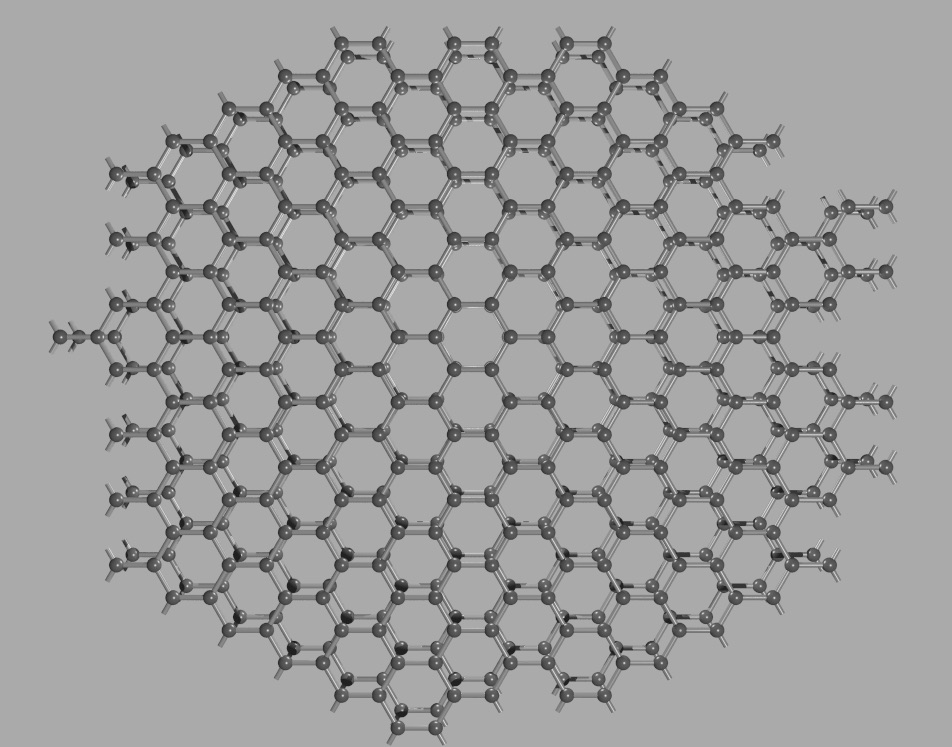
Condensed
Matter II: Introduction to Green's function methods
PHYS 503,
Spring 2022
Instructor: Prof. Marcel Franz
[Brim 461B, franz(at)physics(dot)ubc(dot)ca]
Lectures:
Tu&Th 14:00-15:30, HENN-302
Office hours:
Mo 14:00-15:00
and by appointment in Brim 461B (on zoom until Feb. 7, use this
link)
Course TA:
Rafael Haenel [rafaelhaenel(at)phas.ubc.ca ]
TA office hours:
Tue 16:00-17:00 in Brim 461 (on zoom until Feb. 7, use this
link)
Textbook : "Green's
Functions for Solid State Physicists" by S. Doniach and E.H.
Sondheimer
I will follow the textbook closely. Chapters 1-5 introduce the
Green's function formalism and give some basic applications. These
will be covered in detail. A selection of topics from chapters 6-10
will be covered as the time permits.
Grades will be determined
based on biweekly assignments and a student presentation (70/30). Presentations will be held towards
the end of term. The scope, timing and the criteria for the
presentations will be announced in class.
Course
anouncements:
- The first
lecture will take place on Tuesday January 11. As
per UBC directive first four weeks classes are on-line. I
will forward the zoom link to all registered students by
email.
- Before the
first lecture please read from the textbook:
- Introduction:
The Theory of Condensed Matter (pages xvii-xix)
- Pages 1-5
from Chapter 1. I will start lecturing from Sec.
1.2.
- Please start thinking about you course presentation topic.
Consult this page for
presentation info and criteria.
- Effective Feb. 8 the lectures will
be held in person in HENN-302.
- Office hours will be in a mixed mode: you are welcome to drop
by in person or use zoom links listed above.
- Schedule of student presentations has been posted, see
this page.
Assignments:
- Problem set #1 (due Jan. 26; please scan and
email your solutions to the course TA
rafaelhaenel(at)phas.ubc.ca) Solution
- Problem set #2 (due Feb. 10) Solution
- Problem set #3 (due March 3) Solution
- Problem set #4 (due March 17) Solution
- Problem set #5 (due April 7) Solution Solution
Please note: Working out the assignments is perhaps the single most
important aspect of this course, absolutely essential for
understanding the material. In
order to receive credit assignment must be handed in by the end of
the lecture on the due date. If you foresee a serious
conflict that might prevent you from completing the problems by the
due date please let me know ahead
of time. I will consider extending the due date if there is
a legitimate reason or if the conflict affects several students in
the class. In fairness to other students who completed
assignment on time, last minute requests for extension will not be
granted.
You are welcome and encouraged to discuss problems with fellow
students. However, when writing up answers it is essential that
you work alone. What you turn in must reflect your own
understanding of each problem at the time of writing. Please do not
copy solutions or let others copy your solution -- such a conduct
violates academic integrity and can have serious consequences for
your academic career.
Lecture Notes:
lec1
lec2
lec3
lec4
lec5
lec6
lec7
lec8
lec9
lec10
lec11
lec12
lec13
lec14
lec15
lec16
lec17
Course
outline:
The course will present an introduction to Green's function methods
in condensed matter physics. Green's functions are extremely useful
in describing situations where exact solutions are not available and
approximate methods for calculating physical observables are
therefore required. This description covers most problems of
interest in the contemporary condensed matter physics including
systems with random disorder, electron-phonon interactions,
electron-electron interaction, quantum spin systems, and cold atom
systems. At the end of the course students will be able to perform
basic calculations using Green's functions and will be able to
follow more complex computations and arguments in the literature.
The course will introduce the Green's function formalism following
closely chapters 1-5 in the textbook. Additional topics covered will
depend to some degree on students' interests and may include:
- Dielectric response of a dense electron gas
- Random phase approximation
- The Hubbard model
- Magnetic properties of interacting electron systems
- X-ray singularity and Kondo problem
- Superconductivity
- Sachdev-Ye-Kitaev model
Note of caution: Development of the Green's function methods
normally involves considerable amount of mathematical formalism.
While there is no way this can be avoided the Doniach-Sondheimer
book has been chosen due to its minimalist approach: all
developments are motivated from physical examples and the amount of
formalism is kept at an absolute minimum necessary to find useful
answers. Still, study of Green's functions requires patience and
dedication. Hard work at the start will pay off eventually but the
rewards first appear in chapter 5.

